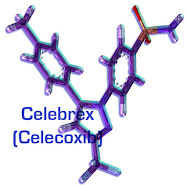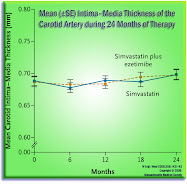 Moreover, the non-partisan CBO sees a net-decrease in federal budget deficits attributable to this change in law (compared to the present non-system of health care delivery, of course) -- approaching 0.5 percent of GDP, in the later years of the coming decade.
Moreover, the non-partisan CBO sees a net-decrease in federal budget deficits attributable to this change in law (compared to the present non-system of health care delivery, of course) -- approaching 0.5 percent of GDP, in the later years of the coming decade.
Um, that's likely to be a deficit reduction of over $1 trillion. More, from the CBO's official government blog:
. . . . Over the 2010–2019 period, the net cost of the coverage expansions would be more than offset by the combination of other spending changes that CBO estimates would save $483 billion and other provisions that JCT and CBO estimate would increase federal revenues by $264 billion. In total, the legislation would increase outlays by $366 billion and increase revenues by $498 billion between 2010 and 2019. . . .
Based on the longer-term extrapolation, CBO expects that inflation-adjusted Medicare spending per beneficiary would increase at an average annual rate of less than 2 percent during the next two decades under the legislation—about half of the roughly 4 percent annual growth rate of the past two decades. . . .
CBO expects that the legislation, if enacted, would reduce federal budget deficits over the ensuing decade relative to those projected under current law -- with a total effect during that decade that is in a broad range around one-half percent of GDP. . . .

One other (tangential) thought: based on my quick reading of it, the measure regarding
separated funding (two-check writings, etc.) of insurance premiums for abortion services -- and abortion services, alone -- may well turn out to be
unconstitutional. [Some other time, I'll explain in detail, but there may be "
no rational basis" (magic words, those) for
discriminating against women -- and women only (as men do not need/are not biologically-eligible for this coverage) -- making obtaining coverage of this particular reproductive choice-making
irrationally cumbersome].
Ironic.
If so -- in the end, the
pro-choice forces will have scored a very-adroit victory, here. The bill already plainly contains a so-called "
severability" savings provision. That means if one part is invalidated as unconstitutional, the rest remains intact. Ergo, we get reform -- and we may jettison the invasive fiscal strictures on women's reproductive decision-making.
If so enacted, it would seem that Senator Nelson and Rep. Stupak will not ultimately secure any
new governmental controls over the
collective American female uterus (
via the purse-string power, or otherwise) -- despite all these machinations. And that -- in my opinion -- will be a
good thing for American civil liberties, and health care law and policy.
 This, according to Medical Marketing & Media's online site, a few minutes ago -- with the salient New Merck snippet below, but do go read it all:
This, according to Medical Marketing & Media's online site, a few minutes ago -- with the salient New Merck snippet below, but do go read it all:
















































